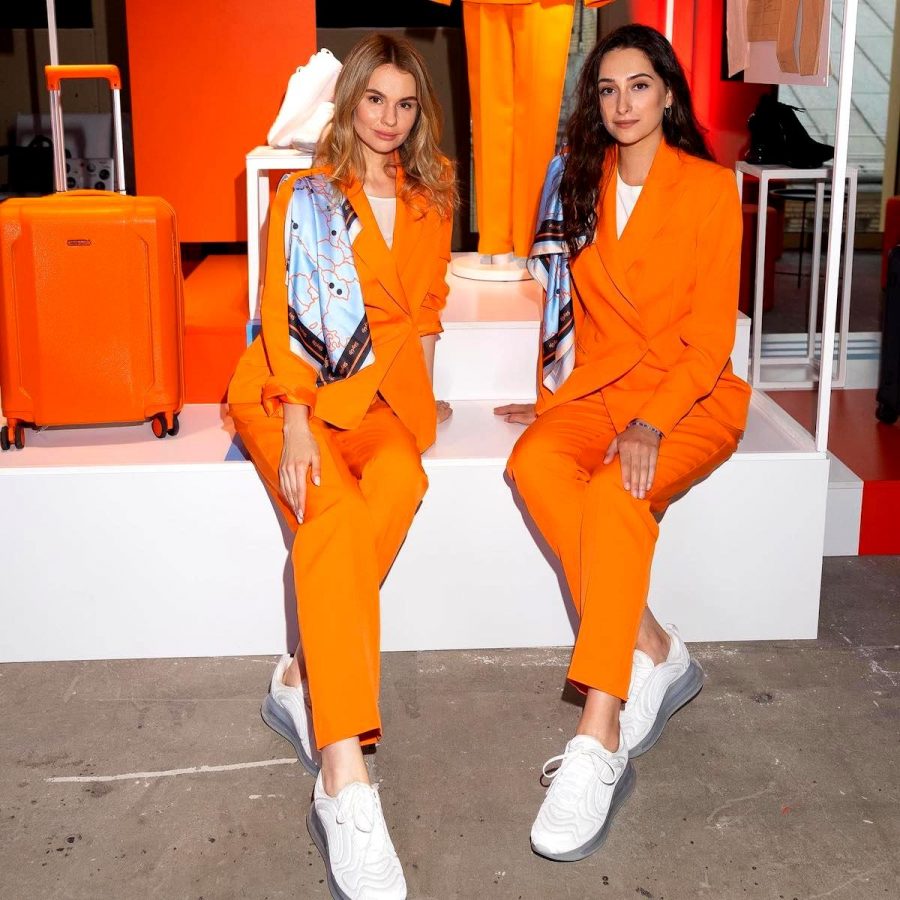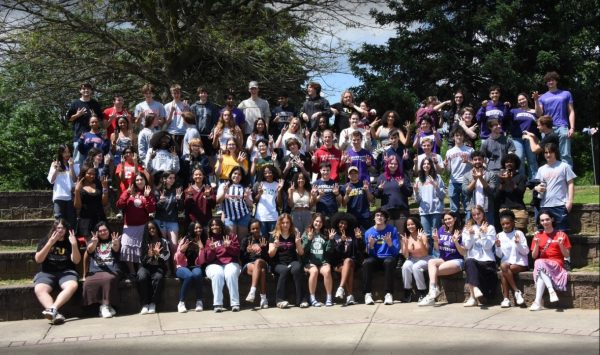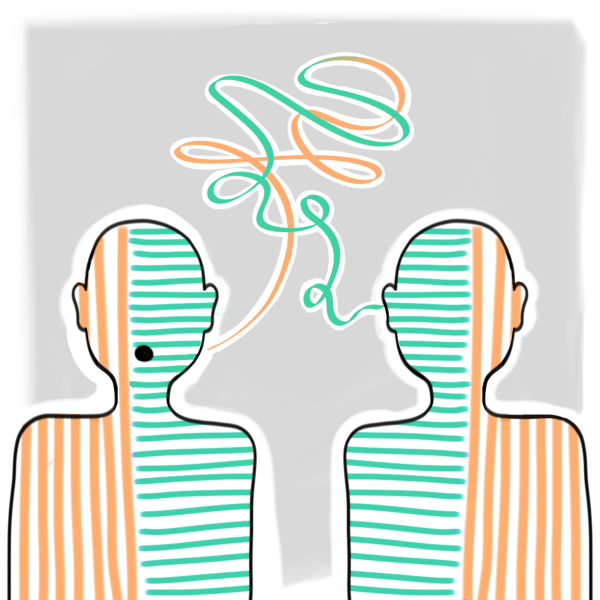Skirts or pants: there should be options
December 13, 2021
SkyUp Airline, a new private-owned airline in Ukraine, decided to change the uniforms of female flight attendants from conventional pencil skirts and heels to trousers and Nike sneakers in October of 2021. The action is considered a brave step in the airline industry.
Daria Solomannaya, a 27-year-old flight attendant working at the SkyUp Airline, said that it was even hard for her to walk after wearing high heels on the 12-hour flight from Kyiv to Zanzibar. “Four hours of security checks and cleaning are included.” This is not the first time a female flight attendant has criticized their uniforms. Some people argue that female flight attendants need to wear compression stockings to prevent varicose veins that occur due to the frequently changing pressure in the cabin. However, besides the negative effects on health, the uniforms are actually unsafe on airplanes. When an emergency happens, flight attendants need to take off their high heels and go barefoot. If the airplane has to land on water in some circumstances, they need to crawl over seats with pencil skirts to open the emergency exits while passengers wait in the aisle.
Female flight attendant uniforms that seem unfit and unnecessary for their working environment are considered by some people as products of the male gaze and sexualization. In fact, women’s rights and well being in the airline industries have already experienced several revolutionary changes over the past seventy years. Before 1968, “stewardesses” could be disqualified because they were married or pregnant. Most of the female flight attendants were aged between 32 and 35 in 1980, compared to the average age of 46.8 in 2015. In the early 1970s, due to the dramatic drop in profits in the industry, airlines competed for business by requiring female flight attendants to wear tight clothes and hot pants. In the Civil Rights Movement in the 1960s, flight attendants played a big role in the feminist movements. In 1972, two women launched the Stewardesses for Women’s Rights, which intended to fight sexism through legal action. Women’s efforts in the history of the airline industry are evident today; besides the action of SkyUp Airline, Virgin Airline allowed their flight attendants to not wear makeup at work in 2019, and Japan Airlines ditched compulsory high heels as a success of the #KuToo movement.
Nevertheless, the strict uniform requirements for flight attendants are unique symbols of different airlines. The uniforms of national airlines can even represent images of countries. Some female flight attendants prefer to wear pencil skirts and heels because they are proud of wearing them. In another case, Heather Poole, a flight attendant at Etihad Airline that provides pant uniforms too, said that she chooses to wear a skirt for aesthetic reasons: “I almost always wear the skirt, but that’s because I don’t look good in our pants”. Some people disagree with Ms. Poole’s choice, perceiving it as a sign that time has stepped backward.
The question is raised: since some flight attendants are tired of wearing heels and using their bodies to flatter passengers, while others, like Ms. Poole, enjoy working in feminine uniforms, should airlines use skirts and heels, or pants and sneakers as women’s uniforms?
For me, the most important thing is for female flight attendants to have choices to wear what they are more comfortable with. Over the past 70 years, the airline industry has changed dramatically in terms of civil rights and liberties, and so have women. The ultimate goal of expanding women’s rights is not to exert another restriction on women. Instead, it is to give women more options and create flexibility in their workplace. Even though SkyUp Airline, Japan Airlines, and Virgin Airlines have made changes in dress code courageously, they are still the minority. There is still a long way for women to fight for their clothing rights in the airline industry and other traditional patriarchal industries.







